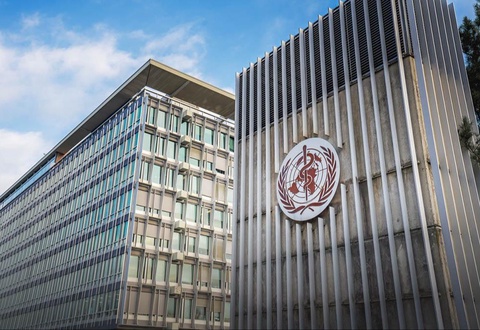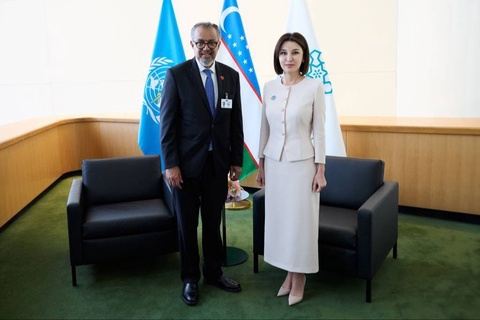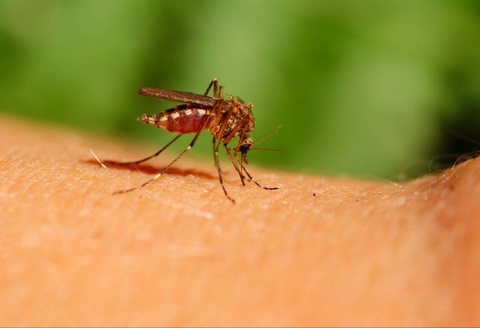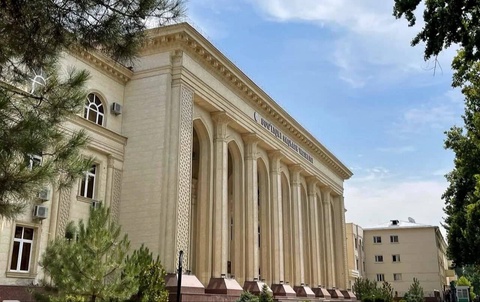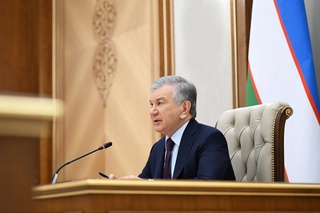"The COVID-19 pandemic has reversed the trend of a progressive increase in life expectancy at birth and healthy life expectancy," the WHO stated.
From 2019 to 2021, the first of these indicators "decreased by 1.8 years, to 71.4 years, that is, it rolled back to the level of 2012." In turn, the indicator of healthy life expectancy decreased by 1.5 years, to 61.9 years, which also corresponds to the level of 2012.
The regions of America and Southeast Asia were the most affected, where these indicators decreased by 3 and 2.5 years respectively from 2019 to 2021. At the same time, in the Western Pacific region, the impact of the pandemic on life expectancy and healthy life was significantly less: the decrease was 0.1 and 0.2 years, respectively.
In connection with the publication of these data, WHO Director-General Tedros Adanom Ghebreyesus assured that "significant progress is still being made in global health: billions of people have better health, better access to services and better protection from emergencies." At the same time, he called on the world community to "remember how fragile progress can be," since "in just two years, the COVID-19 pandemic has nullified a ten-year increase in life expectancy."
According to the head of the WHO, this fact speaks to the importance of developing and concluding a new agreement on combating pandemics. This is of great importance "not only to strengthen global health security, but also to protect long-term investments in healthcare and promote equality within and between countries," the CEO concluded.
According to new WHO statistics, COVID-19 "entered the top three leading causes of death in the world in 2020 and 2021, claiming 4.1 million and 8.8 million lives, respectively." In the American region, it was "the leading cause of death in both of these years." In addition, covid was "one of the top five causes of death in all WHO regions, with the exception of the regions of Africa and the Western Pacific."



